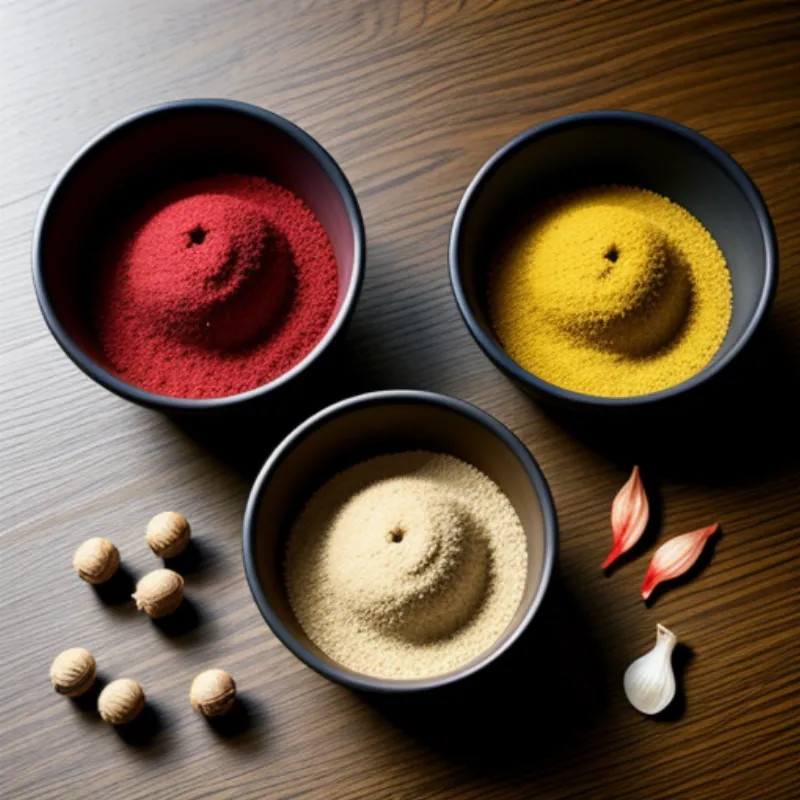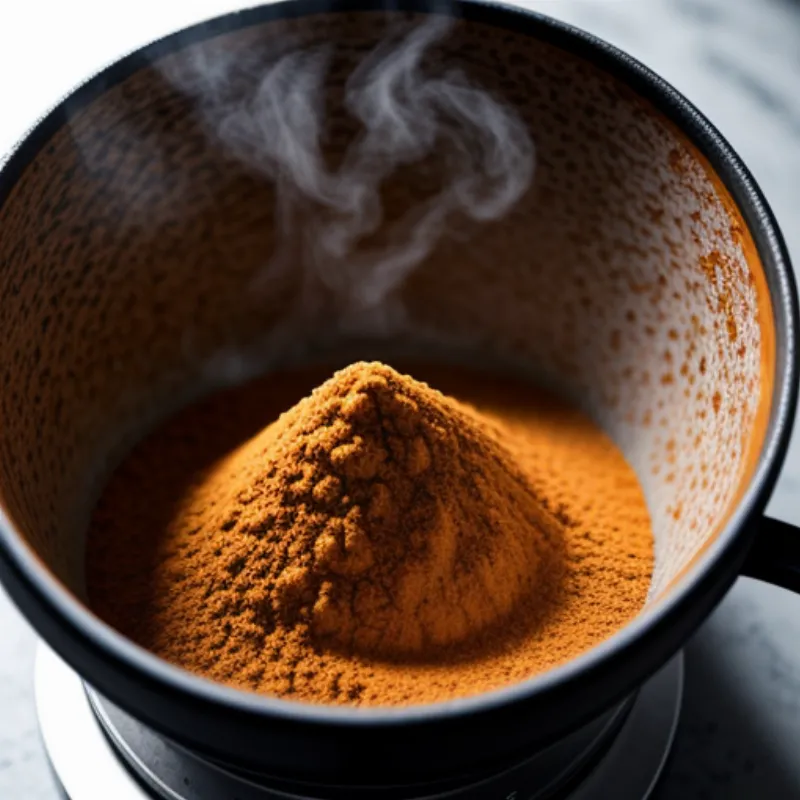Nasi goreng – the word itself conjures up images of vibrant street food stalls in Indonesia, smoky woks, and the tantalizing aroma of spices dancing in the air. But what truly elevates this beloved fried rice dish to legendary status is the magic of bumbu nasi goreng, the essential spice paste that forms its flavorful foundation.
This isn’t just any spice paste; it’s a symphony of flavors, a harmonious blend of chilies, aromatics, and earthy notes that will transform your nasi goreng from ordinary to extraordinary. Today, we’ll unlock the secrets of this Indonesian kitchen staple and guide you, step-by-step, on how to make your own bumbu nasi goreng at home.
Unlocking the Flavor: Ingredients You’ll Need
Let’s gather the key players that will orchestrate the incredible flavor of your bumbu nasi goreng. Don’t worry, most of these ingredients are probably already gracing your pantry!
The Essentials
- 6-8 shallots, roughly chopped: These provide a subtle sweetness and depth of flavor.
- 4 cloves garlic, roughly chopped: The aromatic base for our bumbu.
- 2-4 red chilies, seeded and roughly chopped: Adjust the quantity based on your spice preference. For a milder flavor, remove the seeds.
- 1-inch piece of ginger, peeled and roughly chopped: Adds a warm, slightly spicy kick.
- 1-inch piece of galangal, peeled and roughly chopped (optional): Offers a citrusy, earthy note that’s characteristic of Indonesian cuisine. If you can’t find galangal, you can substitute it with a bit more ginger.
- 2 tbsp oil: Use any neutral oil like vegetable or canola oil.
Flavor Enhancers
- 1 tbsp shrimp paste (terasi): This fermented ingredient adds a unique umami depth. Look for it in Asian grocery stores or the international aisle of your supermarket.
- 1 tsp ground coriander: Warms up the flavor profile.
- 1 tsp ground cumin: Lends a slightly earthy and smoky note.
- 1/2 tsp turmeric powder: Adds a beautiful golden hue and a subtle earthy flavor.
 A vibrant spread of fresh ingredients for Indonesian spice paste
A vibrant spread of fresh ingredients for Indonesian spice paste
Assembling Your Culinary Toolkit
Making bumbu nasi goreng is a breeze with these simple kitchen tools:
- Cutting board: For prepping our aromatics.
- Chef’s knife: To chop everything with precision.
- Blender or food processor: Our secret weapon for a smooth and well-combined bumbu.
- Airtight container: To store any leftover bumbu.
Let’s Get Cooking: The Step-by-Step Guide
- Prep your ingredients: Chop the shallots, garlic, chilies, ginger, and galangal. Remember, we’re going for roughly chopped, not perfectly diced, as they’ll be blended anyway.
- Bloom the spices: Heat the oil in a pan over medium heat. Add the chopped shallots, garlic, chilies, ginger, and galangal. Sauté for 3-4 minutes, until fragrant and softened.
- Add the powerhouses: Stir in the shrimp paste, ground coriander, ground cumin, and turmeric powder. Cook for another minute, allowing the spices to toast slightly and release their aromas.
- Blend it all up: Transfer the cooked spice mixture to a blender or food processor. Blitz until you achieve a smooth paste. If it’s too thick, you can add a tablespoon of water at a time to reach your desired consistency.
 Creating a smooth and fragrant Indonesian spice paste
Creating a smooth and fragrant Indonesian spice paste
Tips and Tricks from a Seasoned Chef
- “The key to a truly phenomenal bumbu nasi goreng is to cook the aromatics and spices before blending. This process deepens their flavors and creates a more complex and layered taste profile,” advises Chef Budi, a renowned Indonesian chef known for his flavorful nasi goreng.
- For a smoother bumbu, you can briefly roast the shallots, garlic, and chilies before blending. Roasting intensifies their natural sweetness.
- Bumbu nasi goreng can be made ahead of time and stored in an airtight container in the refrigerator for up to a week. This is perfect for busy weeknights when you need a quick and flavorful meal.
Serving Up Your Masterpiece: Delicious Possibilities
While the star of the show is undoubtedly the nasi goreng itself, here’s how to turn your homemade bumbu into a versatile culinary companion:
- Classic Nasi Goreng: Use 1-2 tablespoons of bumbu per serving of cooked rice. Stir-fry with your favorite protein and vegetables, and finish with a fried egg.
- Flavor Booster: Add a dollop of bumbu to soups, stews, or stir-fries for an instant flavor upgrade.
- Marinade Magic: Use it as a marinade for chicken, beef, or tofu before grilling or pan-frying.
Storing Your Bumbu: Flavor that Lasts
Store any leftover bumbu in an airtight container in the refrigerator for up to a week. You can also freeze it for longer storage. To use, simply thaw overnight in the refrigerator and stir well before using.
 Preserving the vibrant flavors of Indonesian cuisine
Preserving the vibrant flavors of Indonesian cuisine
Conclusion: Your Nasi Goreng Adventure Awaits
Making your own bumbu nasi goreng is easier than you might think, and the flavor payoff is immeasurable. With this recipe as your guide, you’re well on your way to creating authentic Indonesian fried rice that will impress your family and friends. So, gather your ingredients, unleash your inner chef, and get ready to savor the true taste of Indonesia. Don’t forget to share your culinary triumphs with us in the comments below! We’d love to hear about your nasi goreng adventures.
